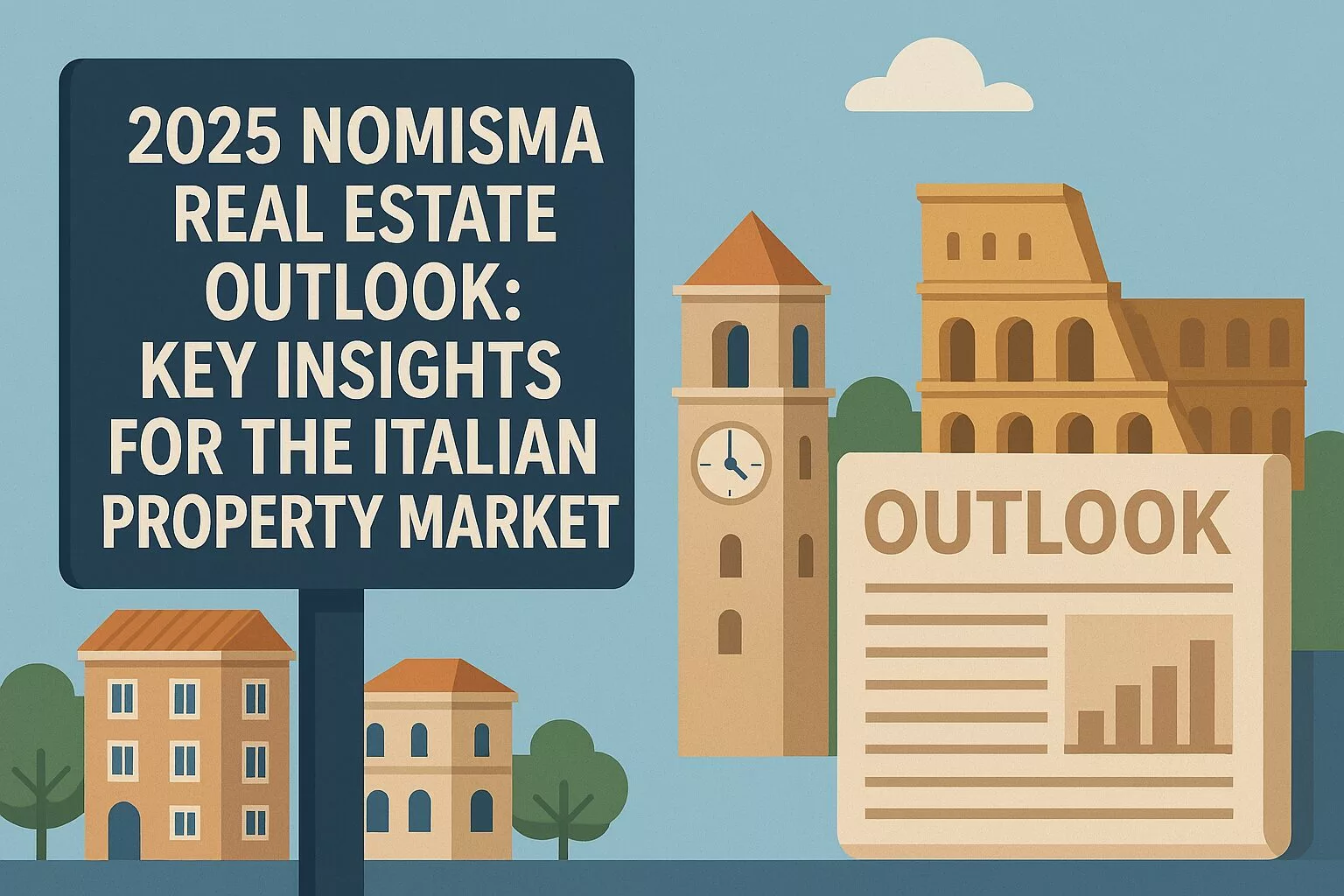The Italian real estate market is undergoing significant transformations, as highlighted in the recent Nomisma report. This comprehensive analysis provides valuable insights into market trends, forecasts, and investment opportunities through 2027. As a real estate expert, I will delve into the key findings of this report, offering you a detailed understanding of what to expect in the coming years.
Get one year Free Listings!
Subscribe to our newsletter and get 1 year listings + XML imports for free and enjoy a 100% discount on all listing placement packages, no strings attached!

Understanding the Current Landscape
Italy’s real estate sector has shown resilience in the face of economic challenges. The Nomisma report indicates a steady recovery post-pandemic, with a notable increase in property transactions. In 2024, the number of residential property sales is expected to rise by approximately 5%, driven by a combination of low-interest rates and a growing demand for homes in urban and suburban areas.
Key Market Trends
Several trends are shaping the Italian real estate market, and understanding these can help investors make informed decisions:
- Urbanization and Migration: Major cities like Milan, Rome, and Florence continue to attract both domestic and international buyers. The influx of professionals seeking urban living spaces is driving demand.
- Remote Work Influence: The rise of remote work has led to increased interest in properties outside city centers, particularly in scenic regions like Tuscany and the Amalfi Coast.
- Sustainability Focus: Eco-friendly properties are gaining traction, with buyers increasingly prioritizing energy-efficient homes. This trend aligns with Italy’s commitment to sustainability and green building practices.
Regional Insights: Where to Invest
Investment opportunities vary significantly across regions. Here are some highlights from the Nomisma report:
1. Northern Italy
Northern regions, particularly Lombardy and Veneto, are experiencing robust growth. Milan remains a hotspot for luxury real estate, with prices expected to rise by 3% annually. The demand for high-end apartments and commercial spaces is fueled by a thriving economy and a vibrant job market.
2. Central Italy
In Central Italy, Tuscany is witnessing a resurgence in interest from foreign buyers, particularly in the luxury segment. The picturesque landscapes and historical significance make it an attractive investment destination. The report suggests a 4% increase in property values in this region over the next three years.
3. Southern Italy
Southern regions, including Campania and Sicily, are also gaining attention. The affordability of properties combined with the allure of coastal living is drawing both local and international investors. The Nomisma report forecasts a 5% increase in property transactions in these areas, particularly in tourist hotspots.
Investment Strategies for 2025 and Beyond
As we look ahead, here are some strategic considerations for investors:
- Diversification: Consider diversifying your portfolio by investing in different regions and property types. This approach can mitigate risks associated with market fluctuations.
- Focus on Rental Properties: With the demand for rental properties on the rise, particularly in urban areas, investing in buy-to-let properties can yield attractive returns.
- Stay Informed: Regularly review market reports and analyses, such as those from Nomisma, to stay updated on trends and shifts in consumer preferences.
Case Study: Milan’s Luxury Market
To illustrate the potential of the Italian real estate market, let’s examine Milan’s luxury sector. According to the Nomisma report, the average price per square meter for luxury apartments in Milan has increased by 10% over the past year. This growth is attributed to a surge in demand from international buyers, particularly from Asia and the Middle East.
For instance, a recent sale of a penthouse in the Brera district fetched €3 million, showcasing the high-end market’s resilience. Investors looking to capitalize on this trend should consider properties in prime locations that offer unique features and amenities.
Challenges Ahead
While the outlook is generally positive, several challenges could impact the market:
- Economic Uncertainty: Global economic conditions, including inflation and interest rate fluctuations, could affect buyer sentiment and purchasing power.
- Regulatory Changes: Potential changes in property laws and taxation could influence investment decisions. Staying informed about legislative developments is crucial.
Conclusion: Your Next Steps in the Italian Real Estate Market
The Nomisma report paints a promising picture for the Italian real estate market through 2027. With a focus on urbanization, sustainability, and regional growth, there are ample opportunities for savvy investors. Whether you are considering residential, commercial, or luxury properties, understanding these trends will be key to making informed decisions.






Join The Discussion